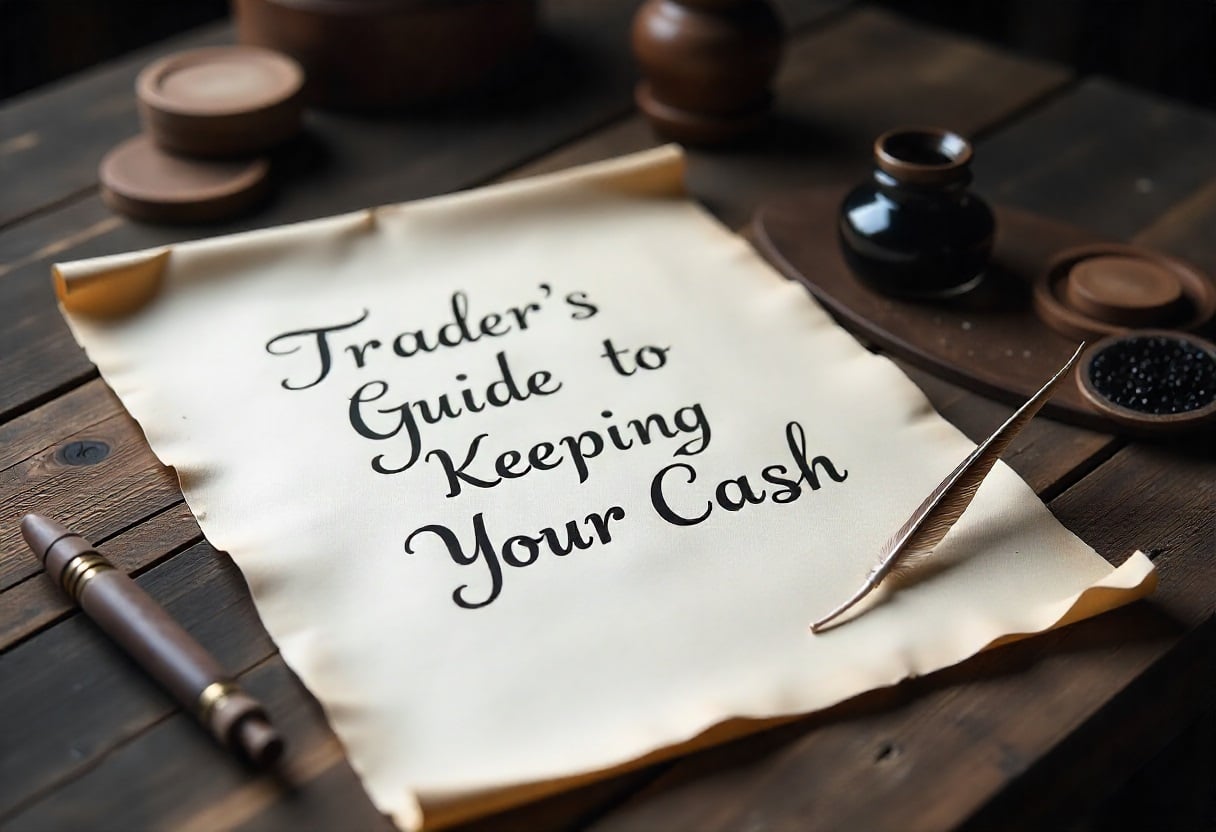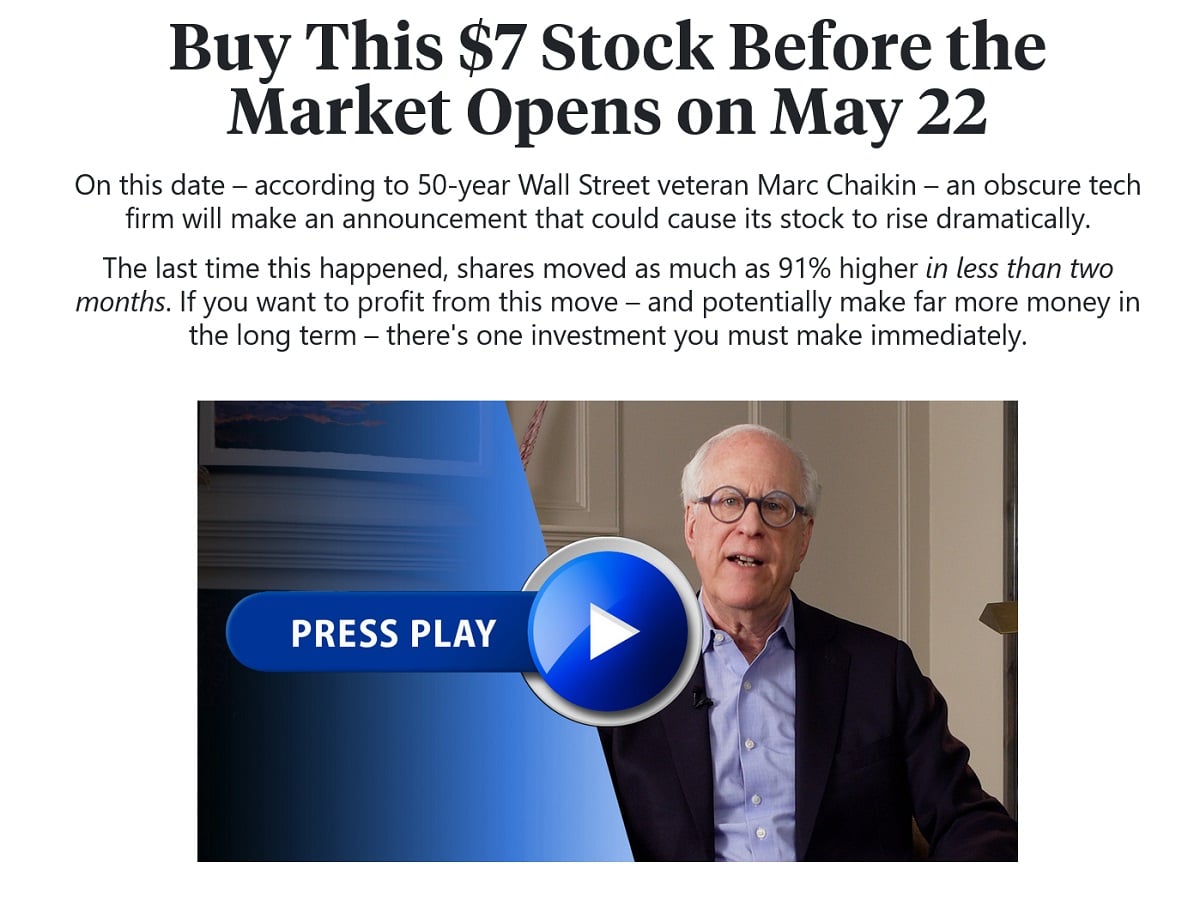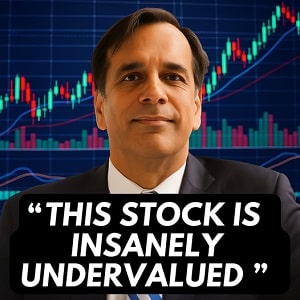You’re staring at your trading account, heart sinking as another red number flashes on the screen. Your carefully picked stock just tanked, and that sinking feeling in your gut is becoming way too familiar. You’re not alone—most traders lose money, especially in the beginning. The stock market can feel like a casino where the house always wins. But here’s the kicker: it’s not the market beating you. It’s you beating you. The good news? You can stop the bleeding. This isn’t about luck or insider secrets—it’s about strategy, discipline, and a few hard-learned lessons that I’m going to share with you.
I’ve been trading for over a decade, and let me tell you, I’ve had my share of gut-punch losses. My first year, I blew through $15,000 on a single trade because I was cocky and didn’t know what I was doing. I chased hot tips, ignored red flags, and let my emotions run the show.
Sound familiar? That’s why I’m writing this—for the investor who’s tired of watching their money evaporate and wants to trade smarter, not harder. This guide is packed with actionable insights to help you stop losing money in the stock market. Stick with me, and I’ll show you how to turn the tide, with real examples from my own trades and those of others I’ve mentored. Let’s dive in.
Insight 1: Stop Chasing the “Next Big Thing”
The financial news is screaming about a new AI stock that’s “going to the moon.” Your buddy at the gym swears he’s doubling his money on some biotech penny stock. So, you jump in, FOMO raging, only to watch the stock crash days later. Chasing hot tips or hyped-up stocks is a one-way ticket to losing money.
Here’s the truth: the market rewards patience, not desperation. When I started trading, I fell for every shiny object. In 2013, I dumped $10,000 into a solar energy stock because a “guru” on a forum said it was a sure thing. The company went bankrupt in six months. I learned the hard way that chasing trends without doing your homework is like betting on a horse you’ve never seen run.
How to Fix It
Instead of chasing, research. Pick a handful of companies in industries you understand. Look at their fundamentals—revenue growth, profit margins, debt levels. Check their price-to-earnings ratio (P/E) to see if the stock is overvalued. For example, let’s say you’re eyeing a tech company like NVIDIA. In 2023, its P/E ratio spiked to 70, way above the industry average of 25. That’s a red flag it might be overhyped. Compare that to a company like Apple, with a steadier P/E around 30, and you see a safer bet.
Use tools like Finviz or Yahoo Finance to screen for stocks with strong fundamentals. Set filters for consistent revenue growth (at least 10% year-over-year) and manageable debt (debt-to-equity ratio below 1). Then, wait for the right entry point—don’t buy at the peak of a hype cycle. I once waited three months for a dip in Microsoft’s stock price before buying in at $250 in 2022. It hit $400 by 2024. As of moment of writing it’s above $500. Patience pays.
Real-World Example
One of my students, Sarah, was obsessed with meme stocks in 2021. She threw $5,000 into GameStop at $300 a share, caught up in the Reddit frenzy. When it crashed to $40, she was devastated. I worked with her to shift her focus to boring, stable companies like Procter & Gamble. She bought in at $130, and by 2025, it was trading at $170, with dividends to boot. No drama, just steady gains.
The lesson? Stop chasing unicorns. Stick to companies with real value and wait for the right moment. You’ll sleep better, and your account will thank you.
Insight 2: Master Your Emotions (Because They’re Sabotaging You)
The market doesn’t care about your feelings, but your feelings can destroy your portfolio. Fear makes you sell at the bottom. Greed makes you buy at the top. I’ve seen it in myself and every trader I know. In 2018, I held onto a biotech stock, hoping it would recover after a 20% drop. My gut screamed, “Get out!” but I ignored it. The stock dropped another 50%, and I lost $8,000. That was my ego talking, not my brain.
Emotions are your biggest enemy in trading. The market is a psychological battlefield, and if you don’t control your headspace, you’re toast.
How to Fix It
First, set strict rules and stick to them. Use stop-loss orders to automatically sell a stock if it drops below a certain price. For example, if you buy a stock at $100, set a stop-loss at $90. If it dips, you’re out with a 10% loss instead of a 50% disaster. I use stop-losses on every trade now—it’s like a seatbelt for your money.
Second, keep a trading journal. Write down why you entered a trade, your target price, and your exit plan. Review it weekly to spot patterns. When I started journaling, I realized I was holding losing stocks too long, hoping they’d “come back.” That one habit cut my losses by 30% in a year.
Finally, take breaks. If you’re stressed or on a losing streak, step away for a day or two. The market will still be there. Last year, after a bad week where I lost $3,000 chasing crypto stocks, I took a weekend off, hiked with my dog, and came back with a clear head. My next trade was a 15% gain on a boring utility stock.
Real-World Example
Mike, a trader I mentored, was a classic panic-seller. In 2022, he sold his Amazon shares at $110 during a market dip, terrified of further losses. A year later, Amazon was back at $150. I taught him to use trailing stop-losses, which adjust upward as the stock rises, locking in gains while protecting against crashes. He used them on his next trade, banking a 20% profit without the stress.
Control your emotions with rules, not willpower. The market doesn’t care if you’re having a bad day—it’ll eat you alive if you let it.
Insight 3: Diversify, but Don’t Overdo It
You’ve heard it before: don’t put all your eggs in one basket. But diversification isn’t just about buying 50 stocks and calling it a day. Too many traders think diversification means owning a little bit of everything, but that just dilutes your gains and makes it impossible to keep track of your portfolio.
In 2016, I had 30 stocks in my portfolio, thinking I was “safe.” I wasn’t. I couldn’t follow all the companies closely, and when the market dipped, I didn’t know which ones to cut. I lost $12,000 because I was spread too thin. Smart diversification means owning a manageable number of stocks across different sectors, so you’re not wiped out by one bad bet.
How to Fix It
Aim for 8-12 stocks across at least four sectors—like tech, healthcare, consumer goods, and energy. This spreads your risk without overwhelming you. For example, my current portfolio has 10 stocks: 3 in tech (Apple, Microsoft, NVIDIA), 2 in healthcare (Johnson & Johnson, Pfizer), 2 in consumer goods (Coca-Cola, Walmart), and 3 in energy (Exxon, Chevron, NextEra). If tech crashes, my energy stocks might hold steady.
Use index funds or ETFs for extra cushion. An S&P 500 ETF like SPY gives you exposure to 500 companies with one trade. In 2020, I put 20% of my portfolio in SPY. When my individual stocks wobbled during the COVID crash, SPY kept my losses to just 5% overall.
Track your portfolio weekly, but don’t obsess. Check earnings reports and news for each stock to stay ahead of trouble. If a sector starts tanking—like tech did in 2022—trim your exposure and shift to something stabler, like utilities.
Real-World Example
Lisa, a client, had her entire $50,000 portfolio in tech stocks in 2021. When the sector crashed, she lost 40%. I helped her rebuild with a mix of 10 stocks across tech, healthcare, and consumer staples, plus 15% in an S&P 500 ETF. By 2024, her portfolio was up 25%, even with tech still recovering. Diversification saved her bacon.
Don’t just diversify—do it smart. Pick quality over quantity, and always know what you own.
Insight 4: Understand Risk-to-Reward Ratios (and Actually Use Them)
Every trade is a gamble, but you can stack the odds in your favor. Most traders lose money because they don’t think about risk versus reward. They see a stock going up and jump in without asking, “What’s my upside, and what’s my downside?”
In 2019, I bought a small-cap stock at $20, thinking it could hit $40. I didn’t consider that it could also drop to $5. It did. I lost $7,000 because I didn’t calculate my risk-to-reward ratio. Now, I never enter a trade without one.
How to Fix It
For every trade, ask: “How much could I lose, and how much could I gain?” A good risk-to-reward ratio is at least 1:3—meaning you’re risking $1 to make $3. Here’s how to do it:
-
Set your entry price. Say you buy a stock at $50.
-
Set your stop-loss. Maybe at $45, so you risk $5 per share.
-
Set your target price. Aim for $65, a $15 gain.
-
Calculate the ratio. $5 risk ÷ $15 reward = 1:3.
If the ratio isn’t at least 1:3, skip the trade. Use technical analysis to find entry and exit points. Look at support and resistance levels on a chart—support is where the stock tends to stop falling, resistance is where it stops rising. Tools like TradingView can help you spot these levels.
Real-World Example
In 2023, I traded Tesla with a 1:4 ratio. I bought at $200, set a stop-loss at $180 (risking $20), and targeted $280 (aiming for $80). Tesla hit $275, and I sold for a $75 gain per share. That one trade netted me $7,500 because I stuck to my ratio.
Teach yourself to think in probabilities, not hopes. A good ratio keeps you in control, even when the market gets wild.
Objection Handling: “But What If I Still Lose Money?”
You’re probably thinking, “Okay, this all sounds great, but what if I do everything right and still lose money?” It’s a valid fear. The market is unpredictable, and even the best traders take losses. The difference is, successful traders lose less and lose smart.
Here’s the reality: you will lose money sometimes. The goal isn’t to avoid losses entirely—it’s to make sure your wins outweigh your losses. If you follow the steps above—researching solid companies, controlling your emotions, diversifying smartly, and using risk-to-reward ratios—your losses will shrink, and your gains will grow.
The biggest mistake is thinking you can outsmart the market every time. You can’t. Even Warren Buffett has bad trades. In 2020, he lost billions on airline stocks during the COVID crash. But he didn’t panic—he cut his losses and moved on. That’s the mindset you need. Treat losses as tuition for learning, not as failure.
If you’re still worried, start small. Trade with a practice account on platforms like Thinkorswim or Webull to test your strategies without risking real money. Once you’re consistently profitable in practice, scale up slowly. And never, ever trade with money you can’t afford to lose—that’s a recipe for stress and bad decisions.
Clear Next Step: Take Control of Your Trading Today
You’ve got the tools now. You know chasing hype is a trap, emotions are your enemy, diversification needs to be smart, and risk-to-reward ratios are your lifeline. But knowing isn’t enough—you have to act. Here’s what to do right now:
-
Open a practice account. Platforms like Webull or TD Ameritrade offer free paper trading. Start with $10,000 in virtual cash and test the strategies above.
-
Pick one stock to research. Choose a company you understand, like Coca-Cola or Johnson & Johnson. Pull up its financials on Yahoo Finance and check its P/E ratio, revenue growth, and debt.
-
Set one trade with a 1:3 ratio. Use a stop-loss and a target price. Write it in a trading journal.
-
Spend 10 minutes a day on my website. I’ve got free resources to help you build your skills. Bookmark steadyincomeinvestments.com and check the “Trading Events” section.
Why now? Because every day you wait is another day you’re not building wealth. The market doesn’t pause for you, but it rewards those who show up prepared. Start small, stay disciplined, and watch your losses shrink while your confidence grows.



































